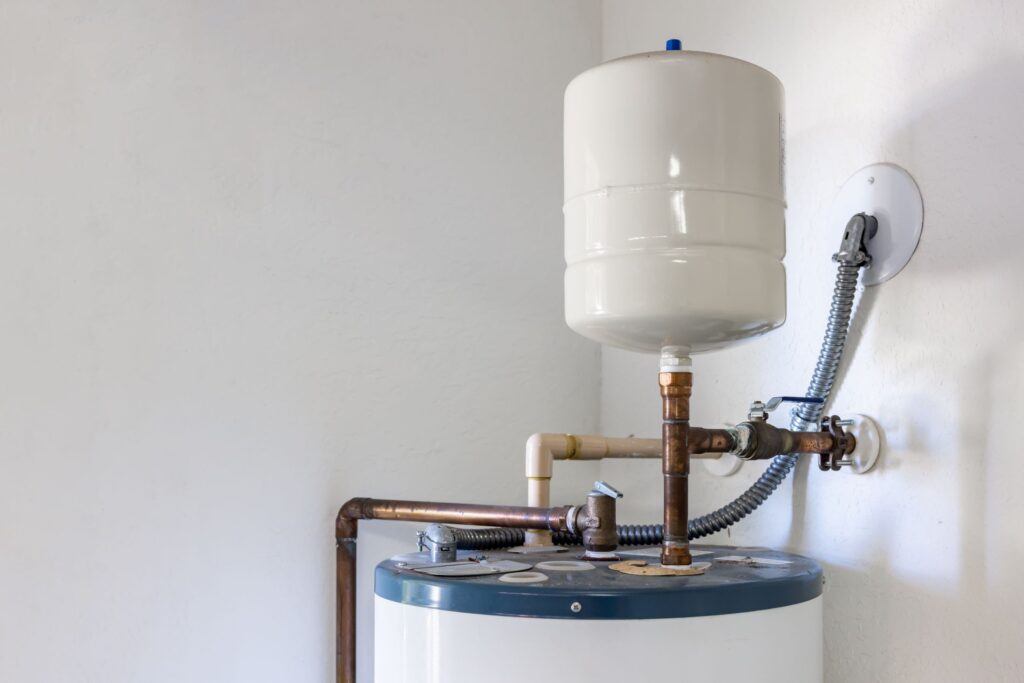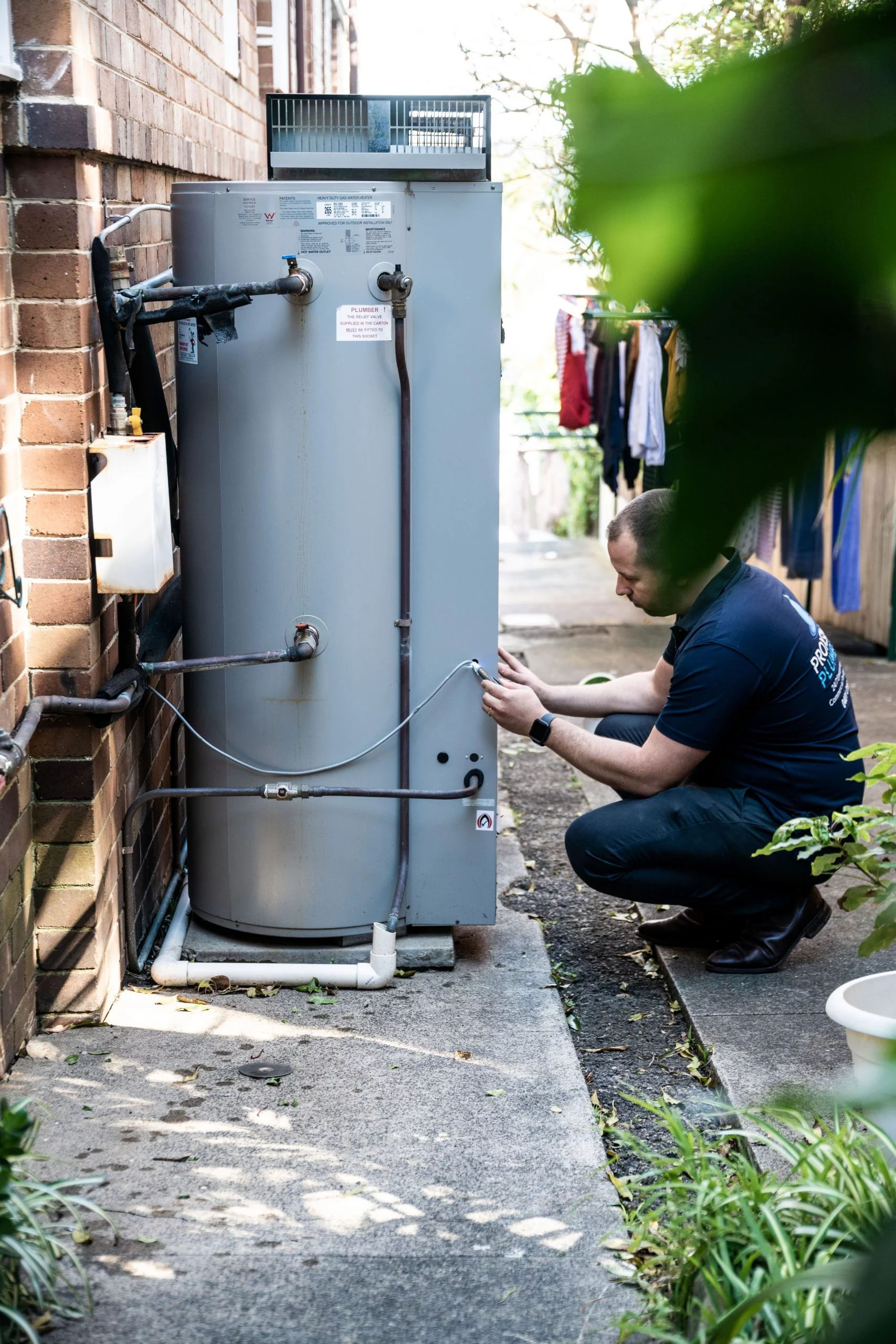They are making a few great points on Tips For Maintaining Your Hot Water Heater overall in this post just below.

Warm water is vital for day-to-day comfort, whether it's for a rejuvenating shower or washing dishes. To guarantee your hot water system runs successfully and lasts much longer, routine upkeep is essential. This write-up offers useful ideas and understandings on how to preserve your home's hot water system to avoid disruptions and expensive repair services.
Intro
Maintaining your home's hot water system may appear overwhelming, yet with a couple of simple actions, you can ensure it operates smoothly for many years to find. This overview covers every little thing from recognizing your hot water system to DIY maintenance suggestions and understanding when to employ specialist aid.
Importance of Keeping Your Warm Water System
Regular maintenance not just expands the lifespan of your hot water system however additionally ensures it operates effectively. Disregarding maintenance can result in decreased effectiveness, higher energy costs, and also premature failure of the system.
Indicators Your Warm Water System Needs Maintenance
Understanding when your warm water system needs attention can prevent major problems. Keep an eye out for indicators such as inconsistent water temperature, strange noises from the heating system, or rusty water.
Understanding Your Hot Water System
Before diving into maintenance tasks, it's valuable to understand the fundamental elements of your hot water system. Usually, this includes the water heater itself, pipes, anode rods, and temperature level controls.
Monthly Maintenance Tasks
Normal month-to-month checks can assist catch minor concerns prior to they intensify.
Flushing the Water Heater
Purging your water heater removes debris build-up, enhancing efficiency and lengthening its life.
Monitoring and Changing Anode Rods
Anode poles avoid corrosion inside the container. Checking and replacing them when worn is important.
Evaluating and Changing Temperature Setups
Changing the temperature setups guarantees optimum performance and safety and security.
DIY Tips for Maintenance
You can execute a number of upkeep tasks yourself to maintain your hot water system in leading problem.
Checking for Leakages
On a regular basis examine pipelines and links for leaks, as these can bring about water damage and greater expenses.
Testing Stress Relief Valves
Examining the pressure safety valve ensures it functions properly and prevents too much pressure build-up.
Shielding Pipes
Insulating warm water pipes minimizes heat loss and can conserve energy.
When to Call an Expert
While DIY maintenance is helpful, some issues need specialist competence.
Facility Issues Calling For Professional Assistance
Examples include significant leaks, electric problems, or if your hot water heater is consistently underperforming.
Routine Specialist Upkeep Benefits
Expert upkeep can include detailed evaluations, tune-ups, and making sure conformity with safety requirements.
Verdict
Routine upkeep of your home's hot water system is necessary for performance, longevity, and expense savings. By adhering to these tips and understanding when to look for specialist help, you can make sure a trustworthy supply of hot water without unexpected interruptions.
How to Maintain an Instant Hot Water Heater
Before tinkering with your hot water heater, make sure that it’s not powered on. You also have to turn off the main circuit breaker and shut off the main gas line to prevent accidents. Also turn off the water valves connected to your unit to prevent water from flowing into and out of the appliance. 2. When you’re done, you have to detach the purge valves’ caps. These look like the letter “T†and are situated on either side of the water valves. Doing so will release any pressure that has accumulated inside the valves while at the same time avoid hot water from shooting out and burning your skin. 3. When the purge valves’ caps are removed, you have to connect your hosing lines to the valves. Your unit should have come with three hoses but if it didn’t, you can purchase these things from any hardware or home repair shops. You can also get them from retail stores that sell water heating systems. Read the user’s manual and follow it to complete this task properly. When the hosing lines are connected, open the purge port’s valves. 4. You should never use harsh chemical cleaners or solutions when cleaning your unit. Make use of white vinegar instead. It should be undiluted and you’ll probably use about 2 gallons. 5. Now flush your water heater. This task should probably take about 40 minutes. We can’t give you specific directions for this because the procedure is carried out depending on the type, model and brand of your heater. With that being said, refer to the user’s manual. 6. When you’re done draining the unit, you have to turn off the purge port valves again. Remove the hosing lines that you earlier installed on each of the water valves. Put the valve caps (purge port) back in their respective places and be very careful so as not to damage the rubber discs that are found inside these caps. 7. Now that everything’s back in place, check your user’s manual again to find out how to reactivate your water heating system. 8. Once it is working, turn one of your hot water faucets on just to let air pass through the heater’s water supply pipes. Leave the tap on until water flows smoothly out of it. https://www.orrplumbing.com/blog/2014/september/how-to-maintain-an-instant-hot-water-heater/

I was shown that editorial about Tips on Maintaining a Water Heater from a friend on another site. Don't hesitate to take the opportunity to distribute this blog entry if you appreciated it. I truly appreciate your readership.
Click Here